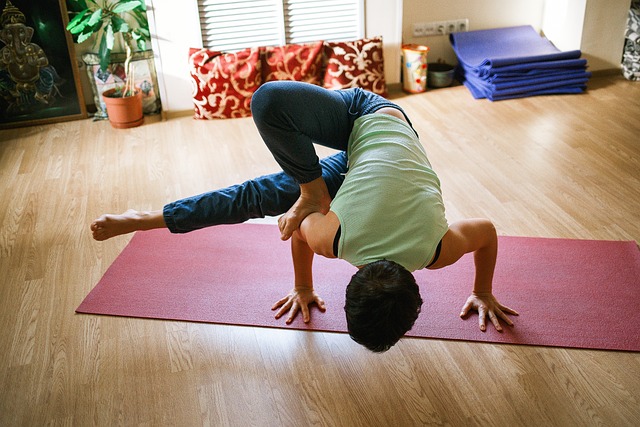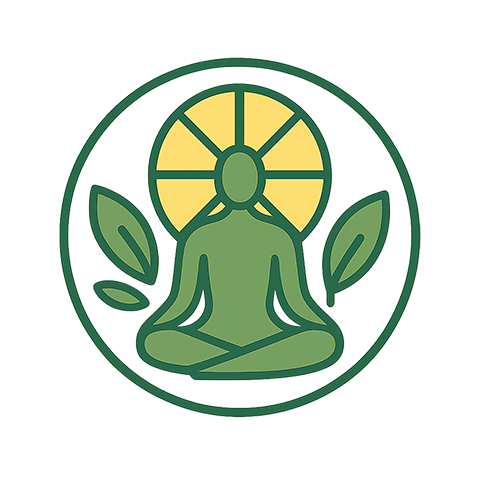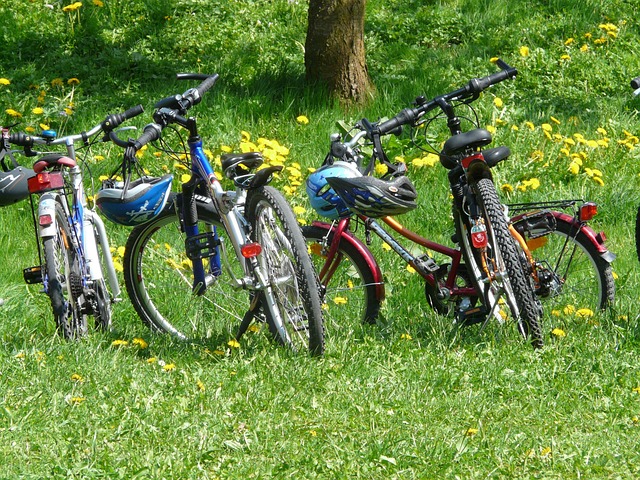
Yoga in the Park Digital Detox for the Mindful Human
In the quiet corners of a bustling city, a green patch of earth offers a refuge where bodies and minds can reconnect with themselves. The practice of yoga in the park invites people to step away from the glow of screens and into a space that pulses with natural rhythm. As the leaves rustle and the breeze carries distant bird songs, practitioners find a unique opportunity to blend ancient postures with the restorative power of the outdoors, creating a holistic digital detox that nurtures both body and spirit.
Why Yoga in the Park Becomes a Digital Detox
Digital technology permeates every facet of modern life, from the first alarm that greets us in the morning to the endless stream of notifications that keeps us tethered to our devices. This constant connectivity can erode attention spans, increase stress, and disrupt sleep patterns. In contrast, a park offers a multi-sensory environment that encourages presence. The tactile feel of grass under bare feet, the sound of wind through trees, and the scent of earth all stimulate senses that compete with the sterile glow of screens.
When yoga is practiced outside, the body is not only physically stretching but also psychologically letting go of the digital chatter. The practice becomes an intentional pause—a moment to rewire the brain’s default mode network, shifting focus from fragmented online stimuli to a unified, embodied experience.
The Core Benefits of Outdoor Yoga
Outdoor yoga blends the therapeutic aspects of movement with the environmental benefits of nature. Scientific studies have linked exposure to natural settings with reduced cortisol levels, improved mood, and enhanced cognitive performance. By practicing yoga in the park, individuals harness both the physical alignment and the psychological uplift that come from green spaces.
“The park is a living classroom for mindfulness, teaching us that breath, posture, and environment are inseparable threads of well-being.” – Wellness Expert
Understanding the Digital Detox Concept
A digital detox is more than simply turning off a phone; it’s a deliberate reorientation of priorities. It involves creating intentional boundaries that allow technology to serve rather than dominate. By engaging in yoga in the park, one establishes a ritual that signals to the brain a clear separation between the online world and the physical world. This boundary reduces information overload, enabling deeper relaxation and sustained concentration.
Technology vs Human: The Ongoing Dialogue
Humans are wired for social connection and sensory engagement. While technology can simulate aspects of these experiences, it often does so in a fragmented, overstimulating manner. In a park, the natural rhythm of sunrise, the cadence of a running stream, or the pattern of sunlight through branches offers a consistent, predictable backdrop. This consistency supports the brain’s parasympathetic nervous system, fostering a calm state that is rarely achievable in the frenetic pace of digital media.
Preparing for Your First Park Session
Before stepping onto the grass, consider a few practical steps that enhance the detox experience:
- Choose the right time: Early morning or late afternoon provide softer light and cooler temperatures, minimizing distractions.
- Bring minimal gear: A yoga mat, a light blanket, and a water bottle suffice; leaving gadgets behind reinforces the digital break.
- Set a clear intention: Decide on a goal—whether it’s to release tension, cultivate gratitude, or simply unwind.
By removing electronic devices and setting a focused intention, you create a sanctuary where each breath and movement is wholly present.
Sample Routine for the Mindful Practitioner
A balanced routine can last anywhere from 30 to 60 minutes, depending on time constraints. Below is a gentle sequence that welcomes beginners and seasoned yogis alike.
- Sun Salutation A (Surya Namaskar A) – 5 rounds to warm the body.
- Tree Pose (Vrikshasana) – 3 minutes per side to build grounding awareness.
- Warrior II (Virabhadrasana II) – 2 minutes each side for strength and focus.
- Seated Forward Fold (Paschimottanasana) – 4 minutes, breathing into the stretch.
- Corpse Pose (Savasana) with Guided Mindfulness – 5–8 minutes, ending with a silent reflection on the digital pause.
Throughout the session, maintain a steady, rhythmic breathing pattern—inhale through the nose, exhale through the mouth—allowing the breath to anchor you in the present moment.
Mindful Breathing: The Bridge Between Technology and Humanity
Breath is the invisible thread that connects body to mind, and it becomes especially potent when freed from digital interference. By focusing on diaphragmatic breathing, you can slow down heart rate, reduce stress hormones, and increase oxygen flow to the brain. In the park, this practice is amplified by the ambient sounds that cue you to pause: a distant dog bark, the rustle of leaves, the hum of distant traffic—all act as natural metronomes that guide your breathing rhythm.
Reflection After the Session
After completing the practice, spend a few minutes seated on a bench or a folded blanket. Reflect silently on how the experience felt before, during, and after the digital detox. Notice changes in mood, clarity, and bodily sensations. Journaling, if you prefer, can be a low-tech way to capture insights without reintroducing screen time.
Maintaining the Balance: Reintegrating Technology Mindfully
Once you’ve reentered the digital world, carry forward the calm cultivated in the park. Schedule short, intentional breaks—perhaps a 5-minute mindful pause—every hour. Use these moments to glance away from the screen, close your eyes, and reconnect with the breath. By compartmentalizing technology usage, you honor the boundary that digital detoxes establish while still engaging with the tools that enhance daily life.
Long-Term Outlook: A Culture of Digital Restraint
Adopting yoga in the park as a regular ritual can reshape how society interacts with technology. Communities that prioritize outdoor mindfulness often report lower stress levels, stronger social bonds, and improved overall well-being. The practice encourages individuals to seek balance rather than surrender, promoting a culture where technology is a tool, not a master.
Closing Thoughts: The Harmony of Human and Technology
Yoga in the park is more than a form of exercise; it is a dialogue between human biology and the engineered world. By stepping onto green earth and surrendering the constant buzz of devices, we tap into a timeless rhythm that technology cannot replicate. The digital detox we experience is not about rejecting progress; it is about reclaiming the human essence that has been diluted by screens. In this space of breath, stretch, and natural beauty, we rediscover the quiet power of being present, reminding ourselves that the most profound technology is our own capacity for awareness.


